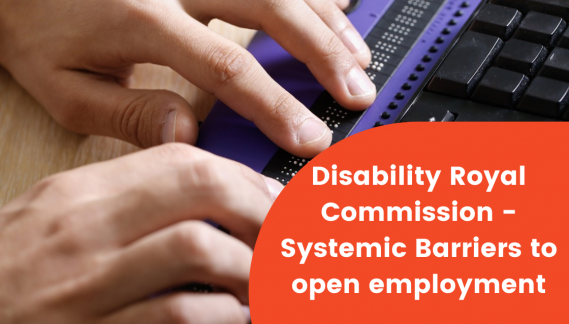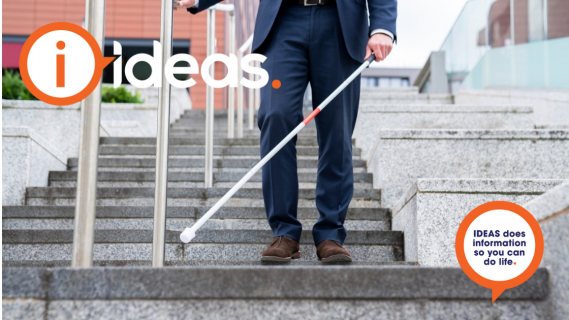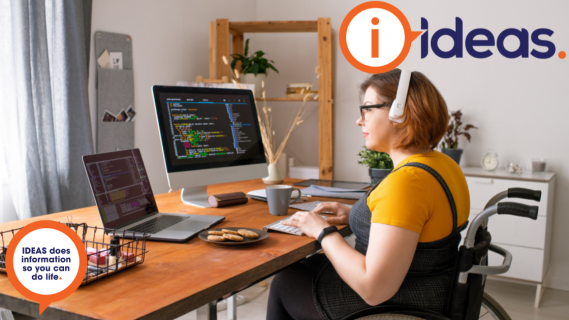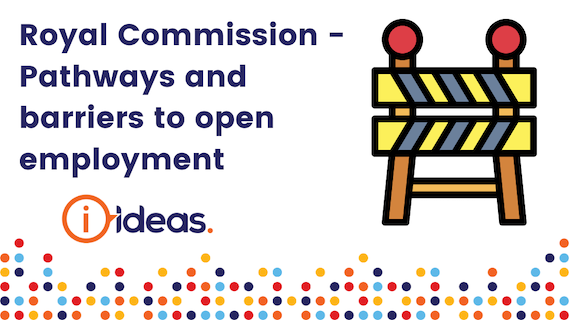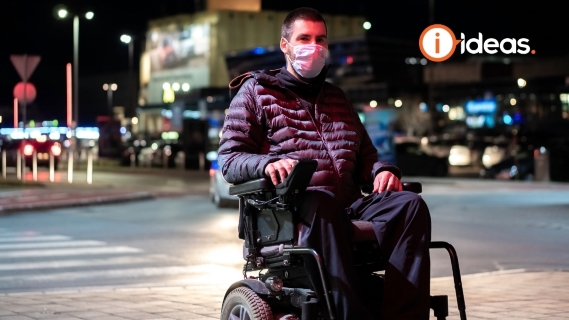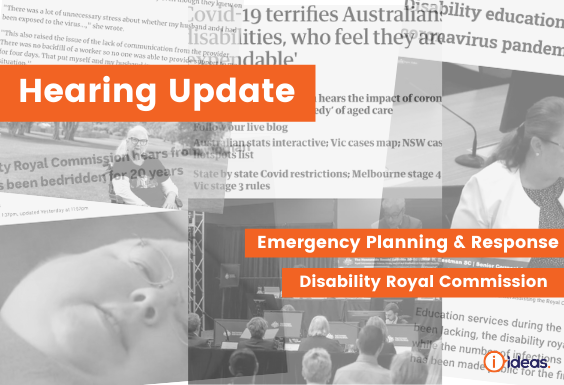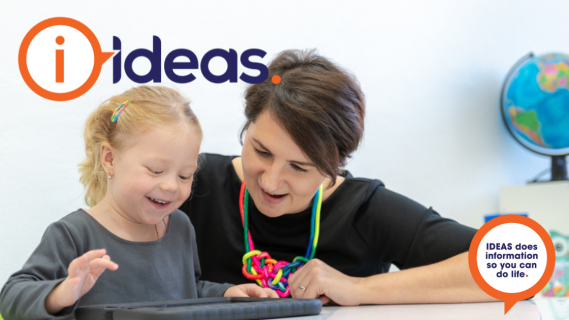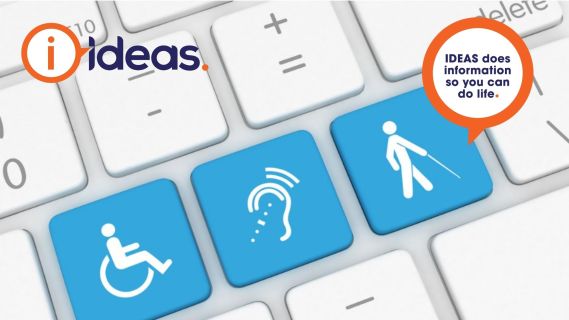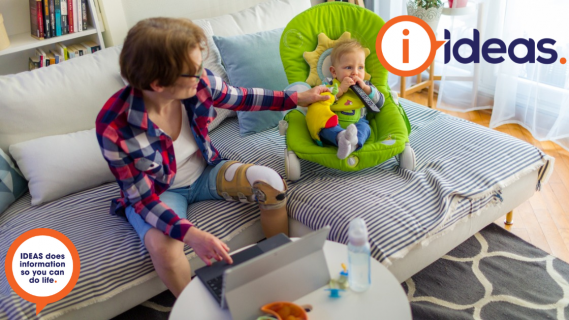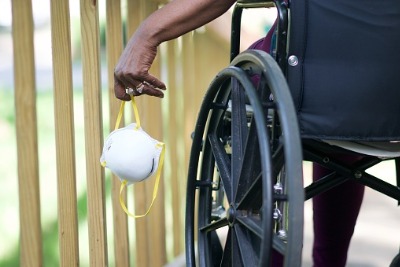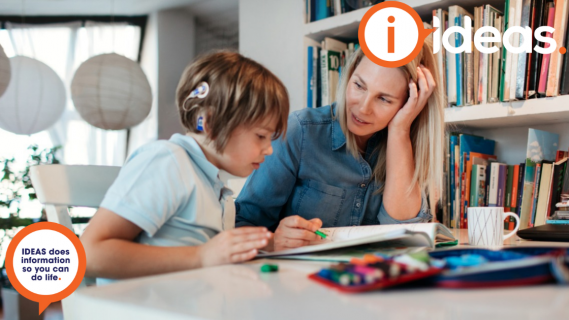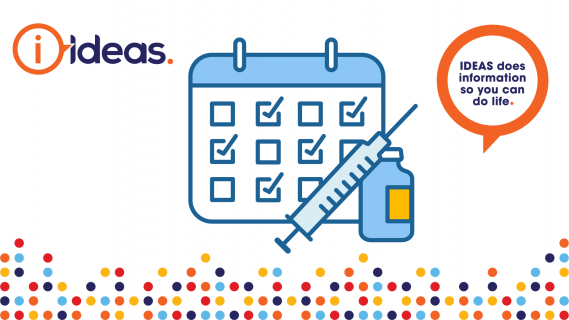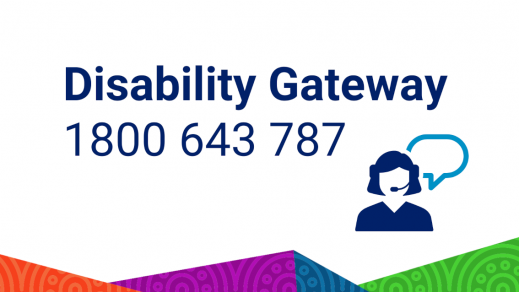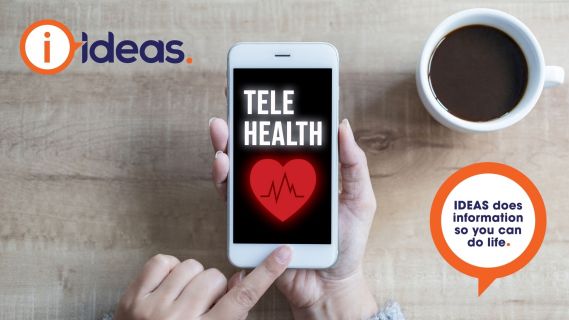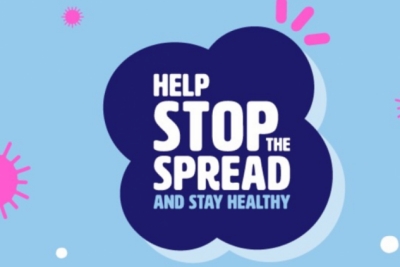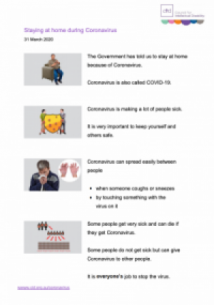Telehealth Services
The arrival of services such as Telehealth means increased access to quality services. This access helps those who find it hard to make or attend appointments. Still, it also helps those who live in regions where the health care is limited. Regional towns are a perfect example of this.
Telehealth has been great in keeping essential medical care and services running. It has been good for the immunocompromised or people that find public transport and attending appointments hard. It is great to access medical services this way, but it will never get rid of the need for face to face medical care.
Working from Home
Working from home is something that many people with a disability have been pushing for. For some, travelling to work is a huge, time restrictive task and another hurdle to navigate.The introduction of working from home during the pandemic has been a warm and welcome change to how we do life.
Contributing to your workplace from your home makes earning money a little easier. There is a hope that workplaces will keep these options for those with disabilities.
Studying/Accessing Educational Content from Home
Education facilities such as universities moved to online content for the year. This gave a large number of minorities access to a higher level of education from their own home. Accessibility has been a problem for universities, with few facilities and minimal support. This has improved education, with some studying new courses due to online delivery.
With University students online, there has been feedback from family members of those with a disability. Parents and carers now have access to more resources about the disabilities of their loved ones. Classes that used to run in person now have permanent online options, allowing access to education for everyone.
Are these Accessibility Improvements Here to Stay?
With more of our population getting vaccinated, we see a lot of our restrictions lifted. So what does this mean for those with a disability who have enjoyed increased access to some things? Will it stay like this post-pandemic? Unfortunately, there is no true way to tell.
In a fast-paced world of new technology, it seems that online access to work, study and medical care could be a positive way forward for minorities.Those with disabilities have been seeking improved accessibility in areas of their lives for a long time, and maintaining online access as an option for some may help achieve this.
IDEAS does information so you can do life.









